Reading Australia: 'That Deadman Dance' by Kim Scott
The shortlist for the 2011 Miles Franklin Literary Award, which included Kim Scott’s That Deadman Dance, was controversial because it consisted of only three novels, all written by men. The exclusion of women writers for that year itself was noteworthy: for example, Fiona McGregor’s fine novel of Sydney, Indelible Ink (Scribe), did not even appear on the longlist. The 2011 shortlist served also to emphasise the historical male dominance of the Miles Franklin Literary Award. Nonetheless, Scott’s That Deadman Dance, a novel about early contact between indigenous and non-indigenous people in Western Australia, was a worthy and widely anticipated winner. And as Scott noted, indigenous writers are also under-represented in the history of the Miles Franklin Literary Award. Apart with Scott himself, whose earlier novel Benang shared the 2000 award with Thea Astley’s Drylands, Alexis Wright won in 2007 for Carpentaria.
An academic as well as a writer, Scott’s publishing history demonstrates a singular and thoughtful approach to discussions about indigenous culture, including language reclamation. Apart from fiction, his published works include Kayang & Me (2005), a memoir co-written with his elder Hazel Brown, in which Brown’s stories and Scott’s probing discussion commingle. He has also co-authored books for children as part of the Wirlomin Noongar Language and Stories Project. The reflective care that Scott brings to these tasks is also evident in the way he describes himself. For example, his biography on the Miles Franklin Literary Award website reads, ‘Kim Scott’s ancestral Noongar country is the south-east coast of Western Australia between Gairdner River and Cape Arid. His cultural Elders use the term Wirlomin to refer to their clan, and the Norman Tindale nomenclature identifies people of this area as Wudjari/Koreng.’ On the website of Curtin University, where Scott works, he is, ‘A descendant of people living along the south coast of Western Australia prior to colonisation and proud to be one among those who call themselves Noongar.’In engaging so carefully with questions of identity, language, and culture, Scott challenges the rest of us to take these matters seriously. It is symptomatic of his writing, which is open-armed but precise and challenging.
Issues around the damage, protection, and evolution of culture, as well as the importance of language in acts of colonisation and resistance, form the foundation of That Deadman Dance. In the novel, Scott imagines a contact history between Noongar people and non-indigenous people (both British settlers and American whalers) in an imagined landscape closely inspired by his hometown, Albany, and the surrounding area on the south-east coast of Western Australia. As Scott notes, some historians have called this area ‘the friendly frontier’. Scott takes this landscape, together with historical accounts and testimonies of indigenous and non-indigenous people as well as the work of the Wirlomin Noongar Language and Stories Project, to imagine a place in which the term ‘the friendly frontier’ makes sense but is also disquieting. The resultant story runs from 1826 to 1844, although not chronologically. Jumps in time, forward and back, give the story a charged feel by showing how European settlement builds sturdy foundations, something that seems unlikely in the earliest uncertain moments of occupation.
‘In engaging so carefully with questions of identity, language, and culture, Scott challenges the rest of us to take these matters seriously.’
At first, in That Deadman Dance, the colonisers depend on the Noongar, but after less than two decades the settlement is well established and the non-indigenous inhabitants of this new community are so troublesome that ‘steps must be taken’. Scott adds another stage to this story of cross-cultural contact by briefly moving forward decades to observe the main character, Bobby Wabalanginy, in old age putting on a clownish command performance for tourists, winking, dancing, singing, telling tales, and launching boomerangs: ‘Sometimes he would throw off his policeman’s jacket and heavy boots and drape a kangaroo skin over his shoulders and – since they wanted a real old-time Aborigine, but not completely – wear the red underpants.’ The narrator’s observation that Bobby ‘offered himself as a fine image of the passing of time’ reverberates all the way to the twenty-first century.
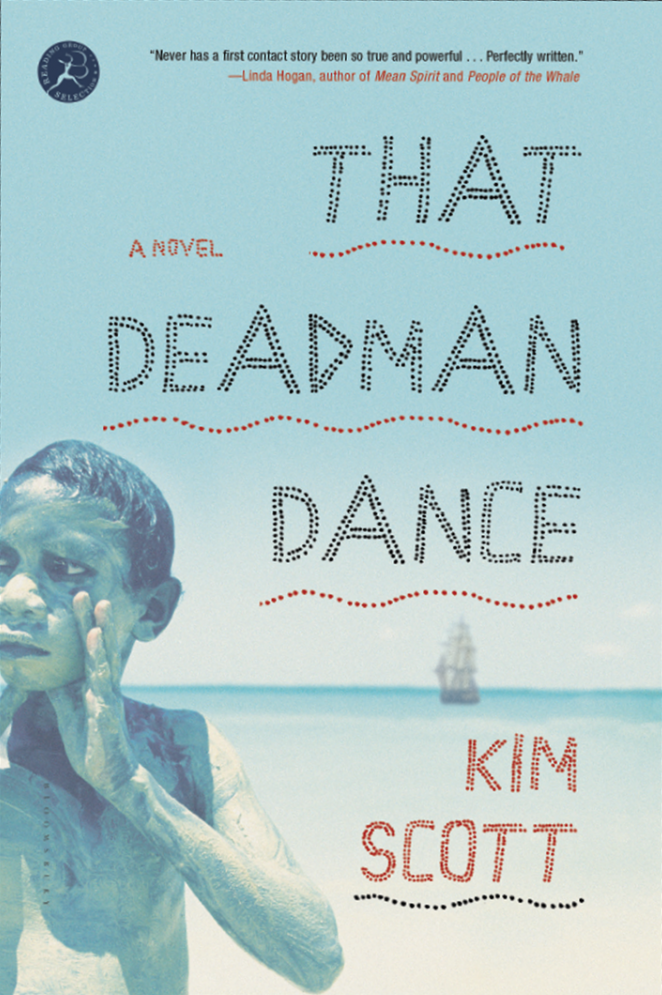 That Deadman Dance (Pan Macmillan)
That Deadman Dance (Pan Macmillan)Buy this book
Scott’s earlier novel, Benang: From the Heart (1999), tackles a later stage of Western Australian settlement, the early decades of the twentieth century. Australia is now a nation in which, for example, a policeman can say, ‘You need licenses for possums, if you’re selling. Oh, kills as many as you want for food, for yourself. It used to be your country.’ A dense and sardonic tale about assimilation, eugenics and cultural survival, Benang is one of the more startling and original novels yet published in Australia. It also serves as an unsettling sibling book to That Deadman Dance. While neither novel relies on the other, there are considerable rewards to be had from mulling over the elongated story they combine to tell.
In a mixed review in The Guardian, Carol Birch called That Deadman Dance ‘an exercise in lush impressionism’. But while the novel is lyrical and richly observed, its most distinctive quality is its hard-edged restraint. The complexity of early contact between indigenous and non-indigenous people drives the story, especially the very different ways of understanding the land, moving through the land and using the land (and sea). Accommodation and conflict, human strength and weakness, purposefulness and vacillation, take place upon the land that the new arrivals start naming and trying to dominate. In this context, ‘lush impressionism’ does not come close to capturing the complexity of Scott’s storytelling.
At the centre of the story is Bobby, whom readers get to know as a boy and a man. In his prime, he strides between worlds and, importantly for Scott, between languages; he is a leader, thinker, innovator, diplomat, and observer. Bobby and Christine, the daughter of settlers, resemble childhood sweethearts. They brush against each other playing hide-and-seek; he sings her songs and teaches her Noongar words, including the word for ‘kiss’: ‘They sang the song together, faces close, lips reaching out.’ But their connection – symptomatic of many others – is partial and finite. Years later, when Bobby carries Christine from a rowboat to the shore, her father Geordie says, ‘Damn you, Bobby. You are not children anymore.’
Around Bobby, Scott offers complex and humane portraits of indigenous and non-indigenous people. As Morag Fraser notes, ‘it is the characters – flawed, credible human beings, embodying their history but never mere ciphers – who stay with you’. Perhaps most absorbing is Dr Cross, a sickly man with high ambitions for the colony and his place in it who lacks the physical energy to achieve those ambitions. Cross seems genuinely respectful of the Noongar people, but he also knows that he needs their support and goodwill if he and other settlers are to have any chance of taming the land. His affection for the Noongar, then, is both real and practical: ‘They do not yet need us’ (emphasis added). In turn, the Noongar people cannot help but understand the seriousness of the conundrum: ‘So many of Menak’s people were dying and, although Cross was a friend, Menak did not think they needed more of his people here.’
Cross forms a special and abiding friendship with Wunyeran, Bobby’s uncle; one time, in a stunning scene, they sing to each other, finding a way to extend their communication. Upon Wunyeran’s death, Cross is sufficiently overcome with grief as to pray to God to admit Wunyeran into heaven, ‘despite the many – not knowing him – who would say heathen and insist he was but an uncultivated savage’. On the one hand, this seems a moving and generous act – and yes, an act that suggests something approaching equality. On the other hand, it imposes a presumptuous world view. When Cross’s assistant mishandles Wunyeran’s body according to Noongar customs, there is an excruciating tenderness about Cross’s efforts to make amends. But while his desire to right a wrong resonates, so too – ultimately more so – does the futility of the effort.
Eventually, Wunyeran and Cross share a grave. Again, it is open to readers to interpret this outcome as an affirmation of cross-cultural friendship – or to view it as a gesture that belies the forcefulness of non-indigenous intrusion. Indeed, the moment is both beautiful and beautifully delusionary. The joint grave, and the subsequent contrasting fates of the two men’s remains, is a key example of a tone that typifies That Deadman Dance: in a story with so much potential for overblown symbolism, Scott mostly – and this is quite a feat – avoids transparent or simplified parables on reconciliation and race relations.
‘Issues around the damage, protection, and evolution of culture form the foundation of That Deadman Dance’
Bobby is an expert of the Dead Man Dance, a potent symbol of first contact. The dance is not actually about the dead men but about white-skinned people appearing from across the ocean. But in Bobby’s inventive version of the dance, he becomes the settlers: ‘quick striding Soldier Killam, with that twist to his torso and the bad arm; the hulking Convict Skelly; Dr Cross (oh, poor thing, remember him?); Chain, bouncing up and down on his toes, throwing commands with his arms.’ Bobby’s dance – his detailed mimicry, and especially his comic timing – re-imagines the changes wrought upon his world by ambitious colonisers such as Geordie Chaine, whose every breath seems to be a pursuit of progress and development.
Scott’s novel serves a similar purpose to Bobby’s dance. Against a backdrop of agriculture and whales, Scott offers a subtle portrayal of cross-cultural contact, incorporating reliance, collaboration, all manner of miscommunication and, especially, distinct and often incompatible interpretations of events, behaviour, and outcomes. In time, Bobby comes to understand that the settlers do not consider the Noongar people as equals. For example, he watches, shocked, as Chaine treats the elder Menak with rough contempt. Bobby’s downward spiral is swift. But even as he strikes out, as if floundering in rough seas, he finds a way to resist. He makes an impassioned public plea, by way of a public performance. It is ingenious, courageous, and hilarious – but futile.
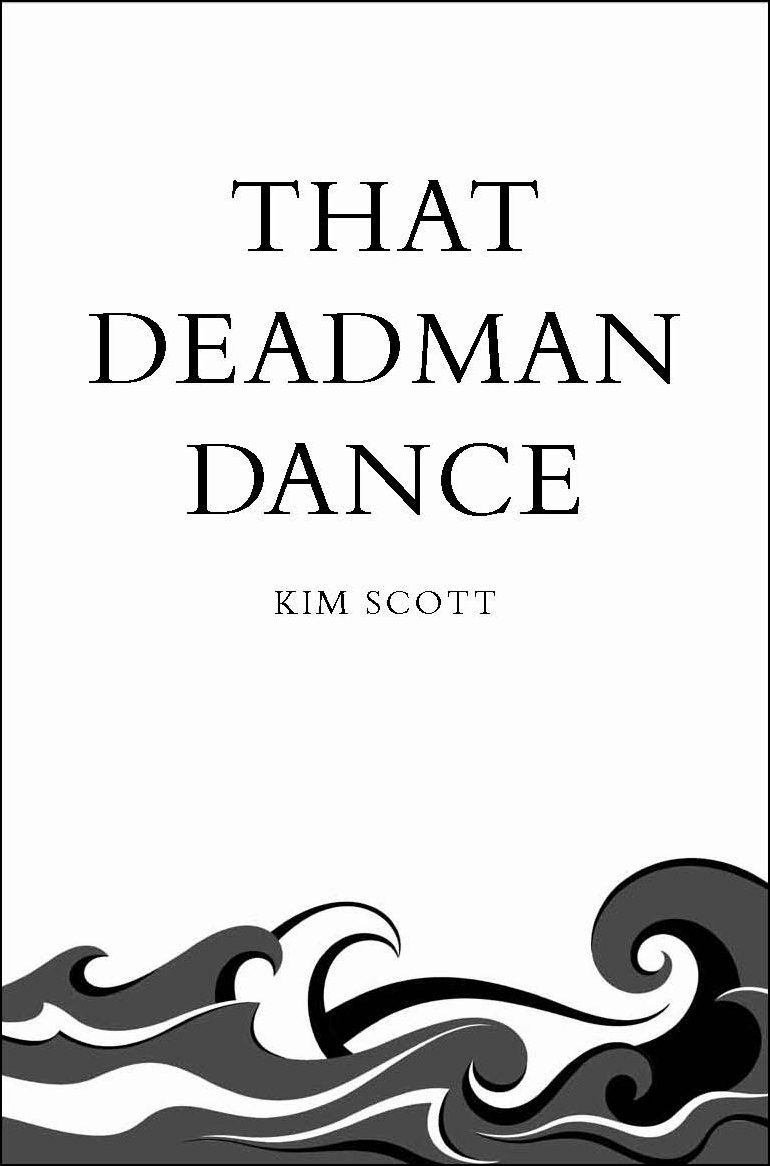 That Deadman Dance (Picador, 2012 edition)
That Deadman Dance (Picador, 2012 edition)
Buy this book
In Scott’s hands, this climax – this solution that is no solution at all – becomes a riveting, vibrant synthesis of the novel’s themes. Not least, it reinforces that culture and resistance endures and adapts, but also that acts of dispossession and appropriation occurred – and occur – slowly, not in some fantastic moment of first contact. And yet there are moments that go beyond exchange for mutual need, or expediency, and that are genuinely affectionate – times when the expression ‘the friendly frontier’ seems to make some sense. Ultimately, though, this complexity makes the bigger story even hard to bear.
So soon after its publication, it is premature to state a case for That Deadman Dance as an Australian classic, especially in an era in which the term ‘classic’ is used so indiscriminantly. But – as with Benang – it has all the qualities of a book that will remain urgent. That Deadman Dance is restrained, but restraint should not be mistaken for limpness. Scott’s voice is forceful, at times angry, at times indignant, but only rarely do the characters seem burdened by didactic political templates or agendas.
‘Scott offers a subtle portrayal of cross-cultural contact’
That Deadman Dance speaks urgently to modern Australia, but not in a way that imposes twenty-first-century debates and sensibilities upon early colonisation. It is mindful of the possibilities, limitations, and dangers of reconciliation. Scott himself has called the novel optimistic, and it certainly points to shared, if imperfect, ways forward. And yet there are many moments – especially the magnificently written final scene – that are shocking and deeply challenging. As Scott has said, ‘There is a lot of reconciling – particularly reconciling ourselves to our shared history – that is yet to happen.’
The richness of Scott’s vision, the sense of generosity of spirit that imbues the novel, does not compromise the sense of profound disruption and dislocation – and the enduring capacities for resistance and new, more meaningful collaborations. The fact that Bobby straddles two cultures does not, in Scott’s hand, become a neat lesson: therein lies the potency and the furious challenge of That Deadman Dance. This fine novel is beautifully and calmly told, rich but measured in its imagery, populated by subtle and flawed characters, propelled forward by a historically familiar but subtle plot. It is a story that captures the messiness of indigenous–non-indigenous relations in Australia, but also one that does not allow readers to get away with imagining that taking stock of all that messiness – merely acknowledging it – can itself be a comforting or cleansing act.
References
Birch, Carol. ‘That Deadman Dance by Kim Scott – review’, The Guardian, 8 December 2012
Fraser, Morag. ‘That Deadman Dance’, Sydney Morning Herald, 13 January 2011
‘Kim Scott wins prestigious Miles Franklin’, ABC News, 22 June 2011
Scott, Kim. Benang: from the heart, Fremantle Arts Centre Press, 1999.
Scott, Kim. That Deadman Dance, Picador, 2010.
Scott, Kim, and Hazel Brown. Kayang & Me. Fremantle Press, 2013, 2nd edn.




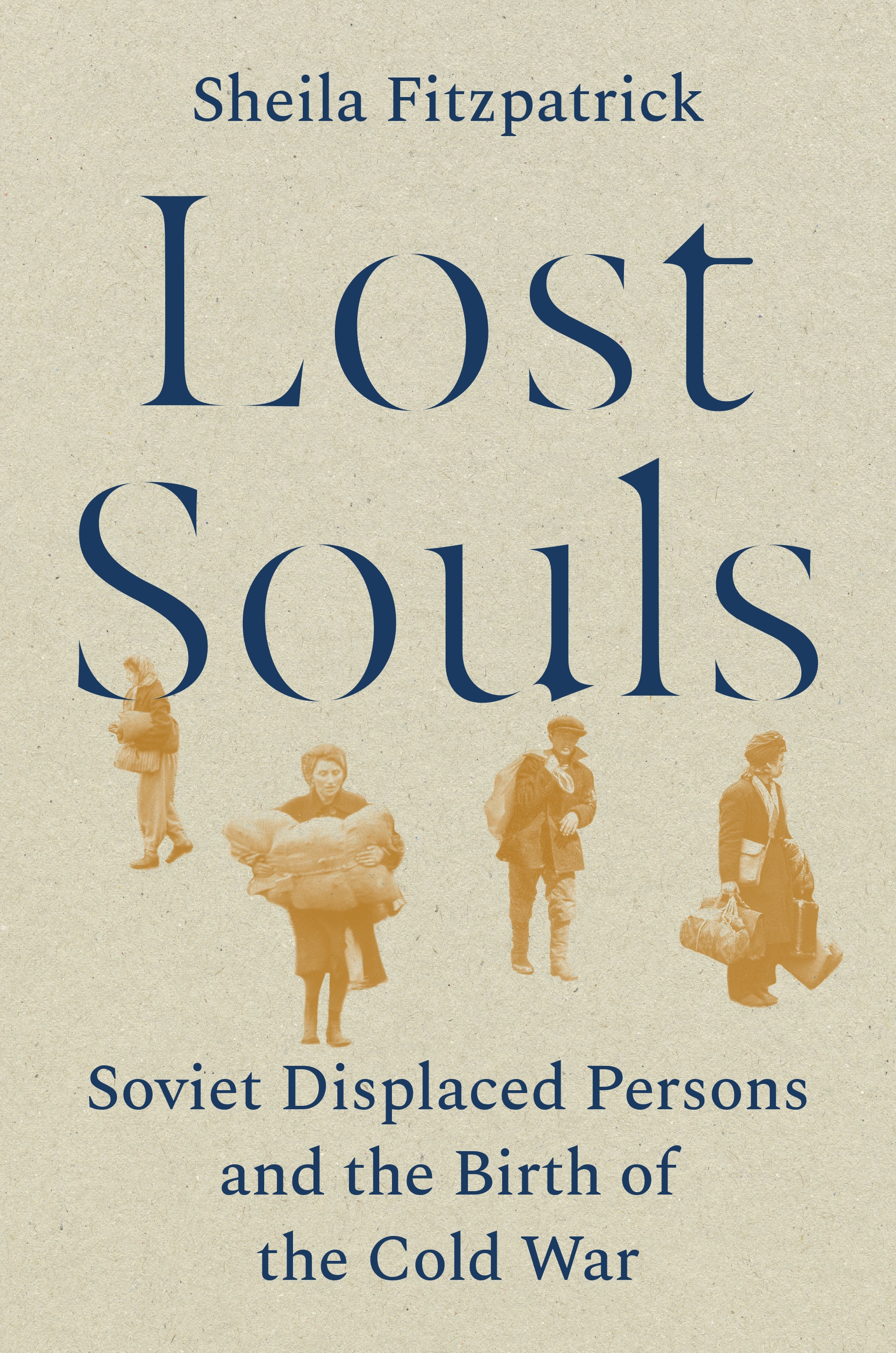
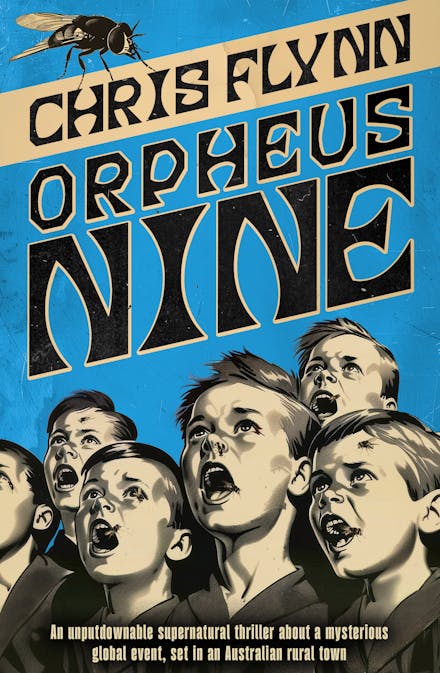

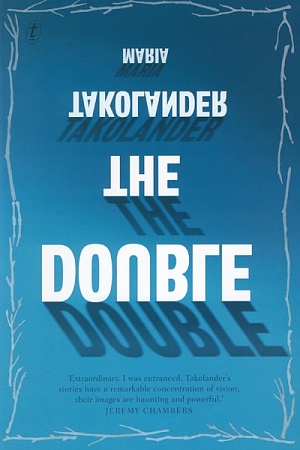

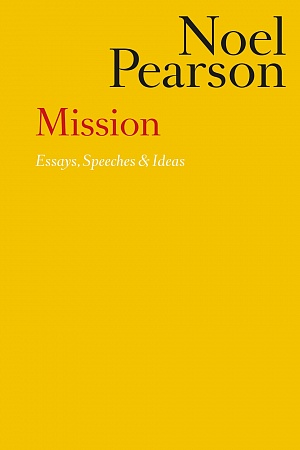
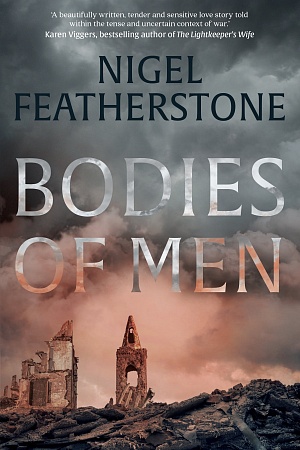




Leave a comment
If you are an ABR subscriber, you will need to sign in to post a comment.
If you have forgotten your sign in details, or if you receive an error message when trying to submit your comment, please email your comment (and the name of the article to which it relates) to ABR Comments. We will review your comment and, subject to approval, we will post it under your name.
Please note that all comments must be approved by ABR and comply with our Terms & Conditions.